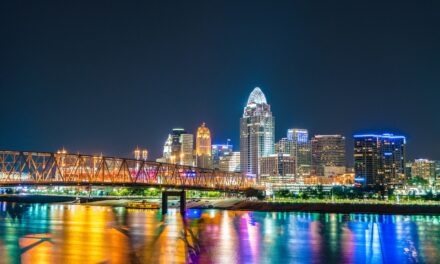Nestled along the Southern California coast, Oxnard stands as a testament to a rich and diverse history.
Oxnard’s story is a tapestry woven with various cultural and historical threads, from its early indigenous roots to its modern-day allure.
The Chumash Era and Spanish Colonization
Long before European settlers, the Chumash people inhabited the region, living harmoniously with the land and sea.
Their legacy is evident in the archaeological remains scattered throughout the area. The beginning of Spanish explorers and missionaries arriving in the 18th century marked a significant shift, introducing new cultures and ways of life to the region. This era saw the establishment of missions and the beginning of agricultural development, laying the groundwork for future growth.
The Agricultural Boom and the Oxnard Brothers
In the late 19th century, Oxnard’s landscape began to transform under the influence of agriculture, particularly with the introduction of sugar beet farming.
The Oxnard brothers, prominent figures in this agricultural revolution, established the world’s largest sugar beet factory, propelling the area into economic prosperity. This agricultural success led to the city’s incorporation in 1903 and set the stage for further development.
The 20th Century: A Period of Growth and Change
The 20th century was the beginning of a period of rapid growth and change for Oxnard.
The city expanded its agricultural base and began to diversify its economy. The establishment of naval bases during World War II and the post-war housing boom further stimulated growth, transforming Oxnard into a thriving suburban community. The city also experienced cultural diversification, home to various communities and cultures.
Preserving Heritage in Modern Times
In the present day, Oxnard is a city that honors its rich history while embracing the future.
The preservation of historical landmarks and the development of modern facilities reflect the city’s commitment to celebrating its past. Oxnard’s cultural festivals, museums, and historic districts serve as portals to its storied history, offering residents and visitors a glimpse into the city’s soul.
Modern Challenges and Future Prospects
As Oxnard continues to evolve, it faces modern challenges, including urban development, environmental concerns, and maintaining a balance between growth and sustainability.
The city’s strategic location as a coastal hub offers opportunities for economic expansion, particularly in the tourism and technology sectors.
Q&A: Exploring the Layers of Oxnard’s History
Q: What role did the Chumash people play in the early history of Oxnard?
A: The Chumash were the original inhabitants of the Oxnard area, known for their advanced skills in basketry, boat-making, and trading. Their influence is still seen in the cultural and historical landscape of Oxnard.
Q: How did the sugar beet industry shape Oxnard in its formative years?
A: The sugar beet industry, driven by the Oxnard brothers, brought significant economic growth, leading to infrastructure development and the city’s eventual incorporation.
Q: What impact did World War II have on Oxnard?
A: World War II spurred industrial and population growth in Oxnard by establishing military bases and the influx of service personnel and defense workers.
Q: How does Oxnard maintain its historical heritage amidst urban development?
A: Oxnard preserves its heritage through historical societies, landmark preservation, and cultural events celebrating its diverse past.
Q: What are Oxnard’s primary economic drivers today?
A: Today, Oxnard’s economy is driven by agriculture, manufacturing, international trade, and tourism.
Q: How is Oxnard preparing for future growth and challenges?
A: Oxnard focuses on sustainable development, economic diversification, and enhancing community facilities to prepare for future growth and challenges.
Oxnard’s Continuing Evolution
Oxnard’s history is a rich narrative of adaptation and growth, reflecting the resilience and diversity of its people.
As it looks to the future, the city navigates the delicate balance between preserving its past and embracing new opportunities. With its unique blend of history, culture, and natural beauty, Oxnard remains a fascinating chapter in the broader story of California’s evolution.





